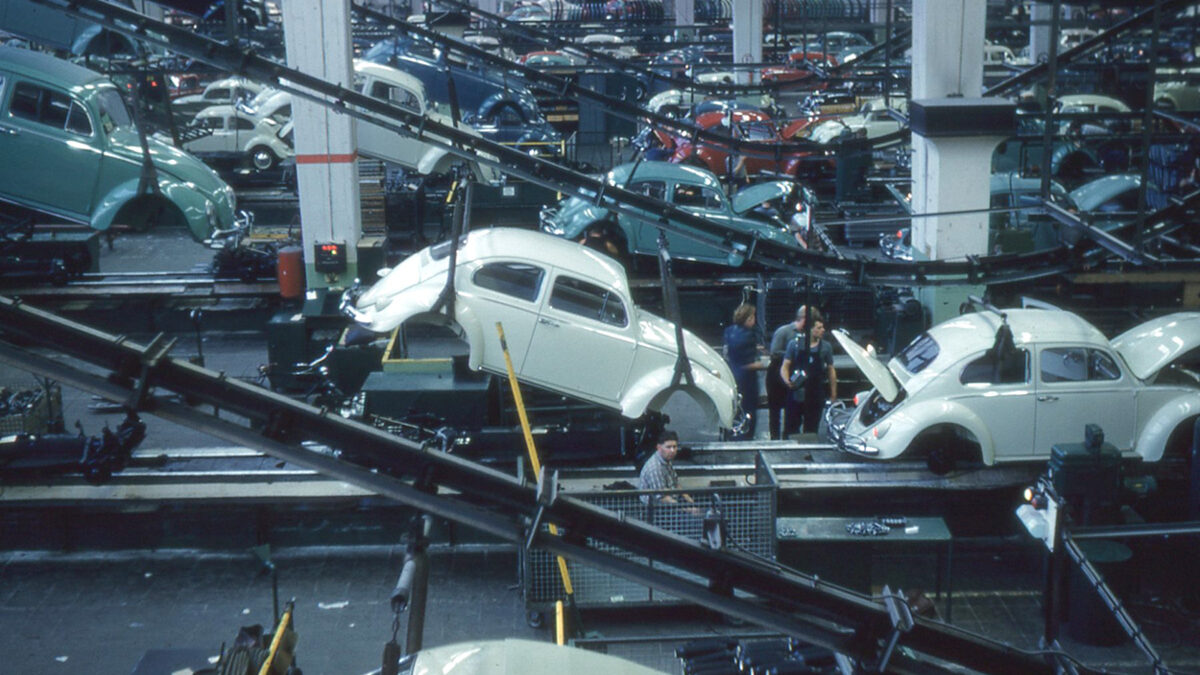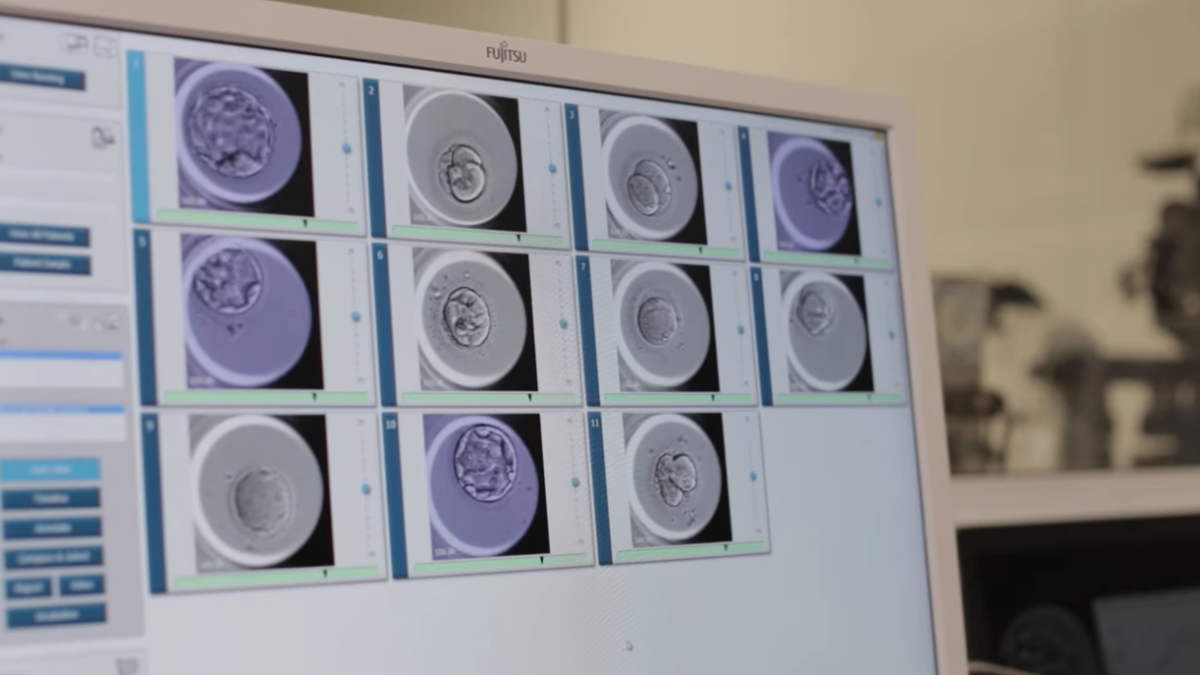The scientific establishment is slowly beginning to allow scientists who believe in intelligent design to have a platform. Why? It may be because the theory that the universe was crafted intentionally explains many essential realities that theories based on spontaneous chance do not.
Perhaps the simplest and best argument for intelligent design is to clearly state what you have to believe to not believe in intelligent design, as I did in my book, “In the Beginning and Other Essays on Intelligent Design.” Peter Urone, in his physics text “College Physics,” writes, “One of the most remarkable simplifications in physics is that only four distinct forces account for all known phenomena.”
This is what you have to believe to not believe in intelligent design: that the origin and evolution of life, and the evolution of human consciousness and intelligence, are due entirely to a few unintelligent forces of physics. Thus you must believe that a few unintelligent forces of physics alone could have rearranged the fundamental particles of physics into computers and science texts and jet airplanes and nuclear power plants and Apple iPhones.
These four unintelligent forces of physics may indeed explain everything that has happened on other planets, but let us look at the three steps in the currently-believed explanation for what has happened on Earth.
1. The Origin of Life
To appreciate that we still have no idea how the first living things arose, you only have to realize that with all our advanced technology we are still not close to designing any type of self-replicating machine; that is still pure science fiction. We can only create machines that create other machines, but no machine that can make a copy of itself.
When we add technology to such a machine, to bring it closer to the goal of reproduction, we only move the goalposts because now we have a more complicated machine to reproduce. So how could we imagine that such a machine could have arisen by pure chance?
Maybe human engineers will someday construct a self-replicating machine. But if they do, I’m sure it will not happen until long after I am gone, and it will not show that life could have arisen through natural processes. It will only have shown that it could have arisen through design.
2. The Origin of Advanced Life Forms
Furthermore, imagine that we did somehow manage to design, say, a fleet of cars with fully automated car-building factories inside, able to produce new cars — and not just normal new cars, but new cars with fully automated car-building factories inside them. Who could seriously believe that if we left these cars alone for a long time, the accumulation of duplication errors made as they reproduced themselves would result in anything other than devolution, and eventually could even be organized by selective forces into more advanced automobile models?
No, we could confidently predict that the whole process would grind to a halt after a few generations without intelligent humans around to fix the mechanical problems that would inevitably arise, long before we saw duplication errors that held any promise of advances.
The idea that it could even be remotely plausible that random mutations could produce major improvements relies completely on the observed but inexplicable fact that, while they are awaiting rare favorable mutations, living species are able to preserve their complex structures and pass them on to their descendants without significant degradation. We are so used to seeing this happen that we don’t appreciate how astonishing it really is.
But perhaps trying to imagine designing self-replicating cars, and trying to imagine that these cars could make progress through the accumulation of duplication errors, may help us realize that we really have no idea how living things are able to pass their current complex structures on to their descendants, generation after generation — much less how they evolve even more complex structures.
Lehigh University biochemist Michael Behe, in his 2019 book “Darwin Devolves,” writes:
Darwinian evolution proceeds mainly by damaging or breaking genes, which, counterintuitively, sometimes helps survival. In other words, the mechanism is powerfully de-volutionary. It promotes the rapid loss of genetic information. Laboratory experiments, field research, and theoretical studies all forcefully indicate that, as a result, random mutation and natural selection make evolution self-limiting. … Darwin’s mechanism works chiefly by squandering genetic information for short-term gain.
So, according to Behe, duplication errors, even when organized by selective forces, have the same effect on living species as we would expect them to have on self-replicating cars: only devolution and degradation.
Also, here we have not even discussed what is generally considered to be the main problem with Darwinism: its inability to explain the appearance of major new, irreducibly complex features that consistently appear suddenly in the fossil record. (I discussed this problem in my article “A Mathematician’s View of Evolution,” and in the second part of my video “Why Evolution is Different.”)
3. The Origin of Human Intelligence and Consciousness
Trying to imagine that the accumulation of duplication errors made by our fleet of self-replicating cars could eventually result in conscious, intelligent machines might help us to realize that the evolution of intelligent beings, capable of designing computers, science texts, jet airplanes, and Apple iPhones, is an especially monumental and unsolved problem.
In my video “A Summary of the Evidence for Intelligent Design,” I began my fifth point with a picture of three children in the 1950s. One of them is me, the other two are not. I saw the world from inside one of these children. I saw every picture that entered through his eyes, I heard every sound that entered through his ears, and when he fell on the sidewalk, I felt his pain. How did I end up inside one of these children?
This is a question that rarely seems to trouble evolutionists. They talk about human evolution as if they were outside observers and never seem to wonder how they got inside one of the animals they are studying. They consider that human brains are just complicated computers, and so to explain how we got here they just have to explain how these mechanical brains evolved.
But even if they could explain how animals with mechanical brains evolved out of the primeval slime, that would leave the most important question — the one evolutionists never seem to even wonder about — still unsolved: How did I get inside one of these animals?
The argument for intelligent design could not be simpler or clearer: Unintelligent forces alone cannot rearrange atoms into computers and airplanes and nuclear power plants and smartphones, and any attempt to explain how they can must fail somewhere because they obviously can’t. Perhaps this is the best way to understand why explanations without design will never work, and why science may finally be starting to recognize this.









